Greece always feels like a treasure chest, but stumbling upon the pebble mosaics of Pella genuinely surprised me. Artists in Pella grabbed simple pebbles from rivers and beaches to craft vivid mosaic floors that still amaze people today.
As I wandered through the ruins, I could almost see the craftsmen at work, each stone placed with care, telling stories right under the feet of kings.
Walking the remains of Alexander the Great’s birthplace, I felt the mosaics connect past and present. Their patterns and scenes drew me in, not just as an art lover, but as someone searching for glimpses of daily life in ancient Greece.
Pella’s mosaics prove that even the smallest stones can capture both history and heart.
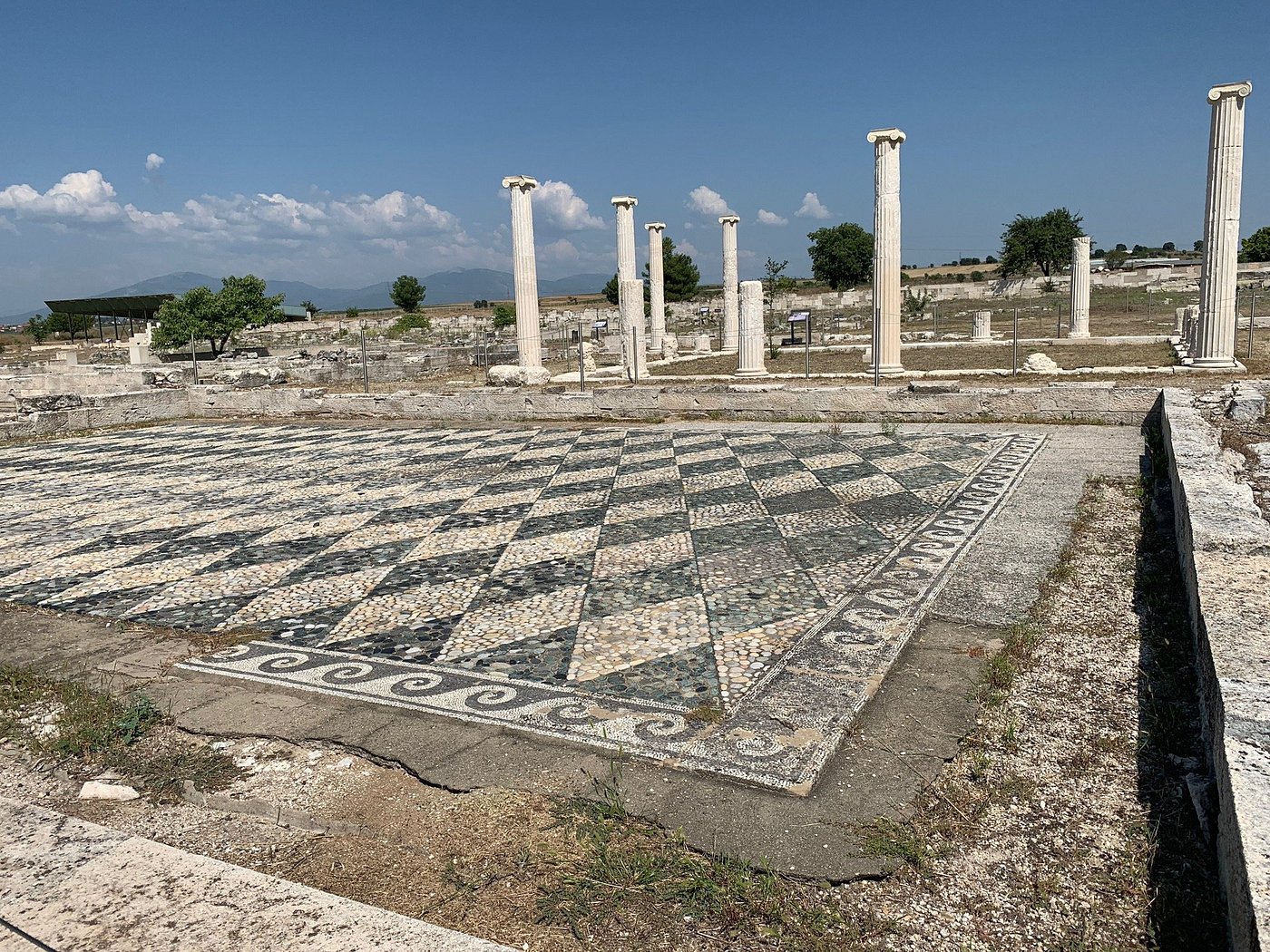
Discovering the Ancient Mosaics of Pella
Stepping into Pella is like falling backward into ancient Macedonia. The landscape is dotted with quiet ruins from a city that once pulsed at the heart of Greek culture.
First Impressions Amidst the Ruins
When I arrived in Pella, open fields of Greek countryside surrounded me, farmland reaching out for miles. It’s peaceful here—just the sound of distant birds and gravel crunching beneath my shoes.
The ruins sprawl ahead—columns, tumbled walls, weathered stone, all glowing in soft sunlight. What really grabbed my attention were the pebble mosaics embedded in the palace floors.
Their colors and patterns have managed to resist fading, even after centuries.
These mosaics are made from small, handpicked pebbles. Artists gathered stones from rivers and beaches nearby, sorting them by color and size.
Each tiny piece fits into a detailed design—hunting scenes, mythical animals, and simple patterns in black, white, and sometimes red.
I couldn’t help but marvel at how these artists pulled off such detail using only pebbles and their hands. No wonder people keep coming back just to see these masterpieces up close.
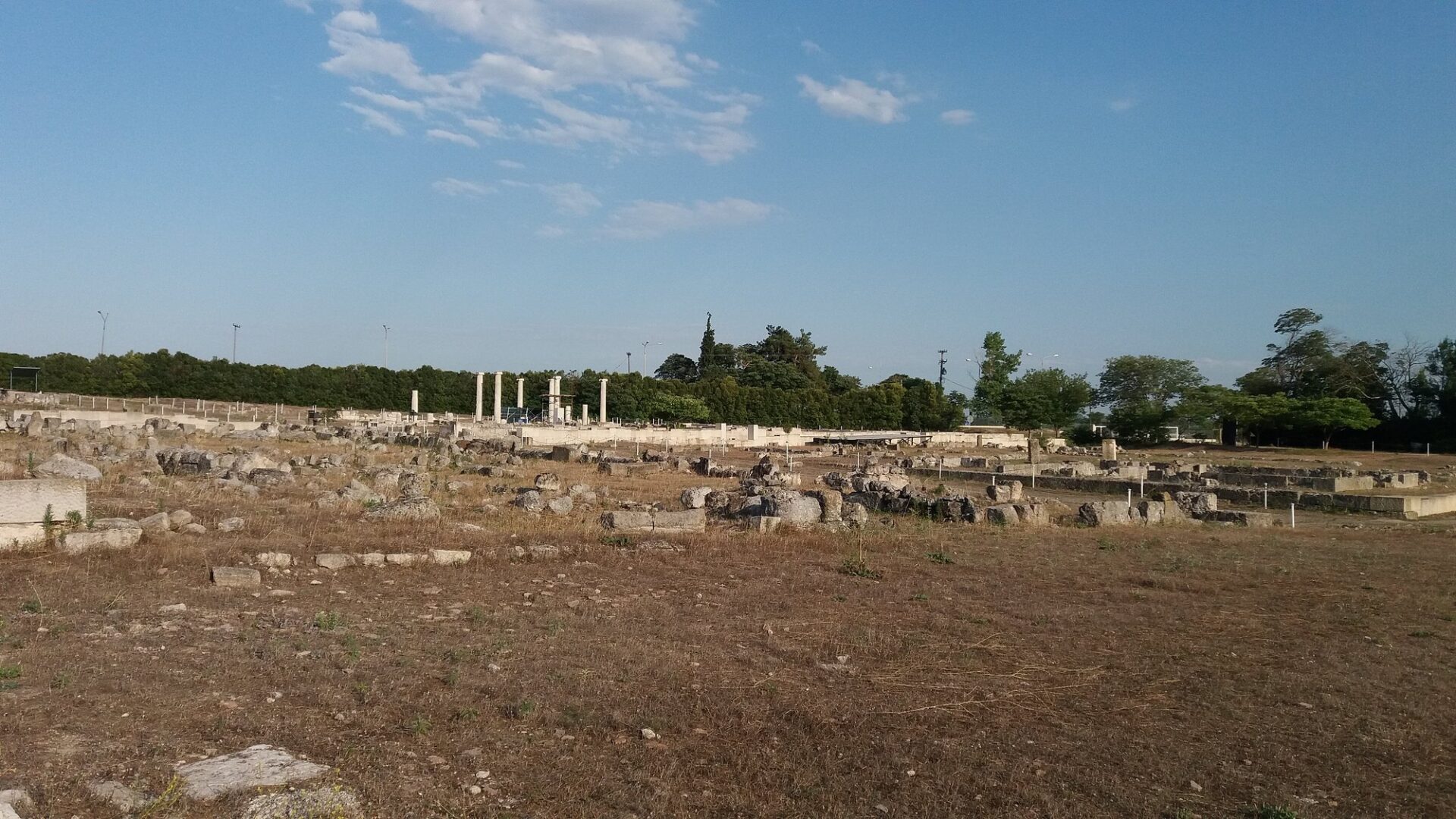
Walking Through Alexander the Great’s Birthplace
Pella is famous for being Alexander the Great’s birthplace. Knowing that, I felt a strange sense of history with every step.
The ruins of the palace are supposed to be where Alexander, as a kid, walked these very mosaics.
As I explored, I tried to picture what the palace must have looked like in its heyday. The pebble mosaics decorated rooms where Macedonian royalty lived, showing scenes that might have inspired the young Alexander.
Some of the best mosaics archaeologists found now sit safely in the National Archaeological Museum. But several still remain at the site, protected under shelters but open to the sky and sunlight.
Standing there, surrounded by the echoes of ancient Greece and Macedonia, I felt a deep connection to the past. If you’re traveling through northern Greece, Pella offers a mix of art, story, and landscape you won’t soon forget.
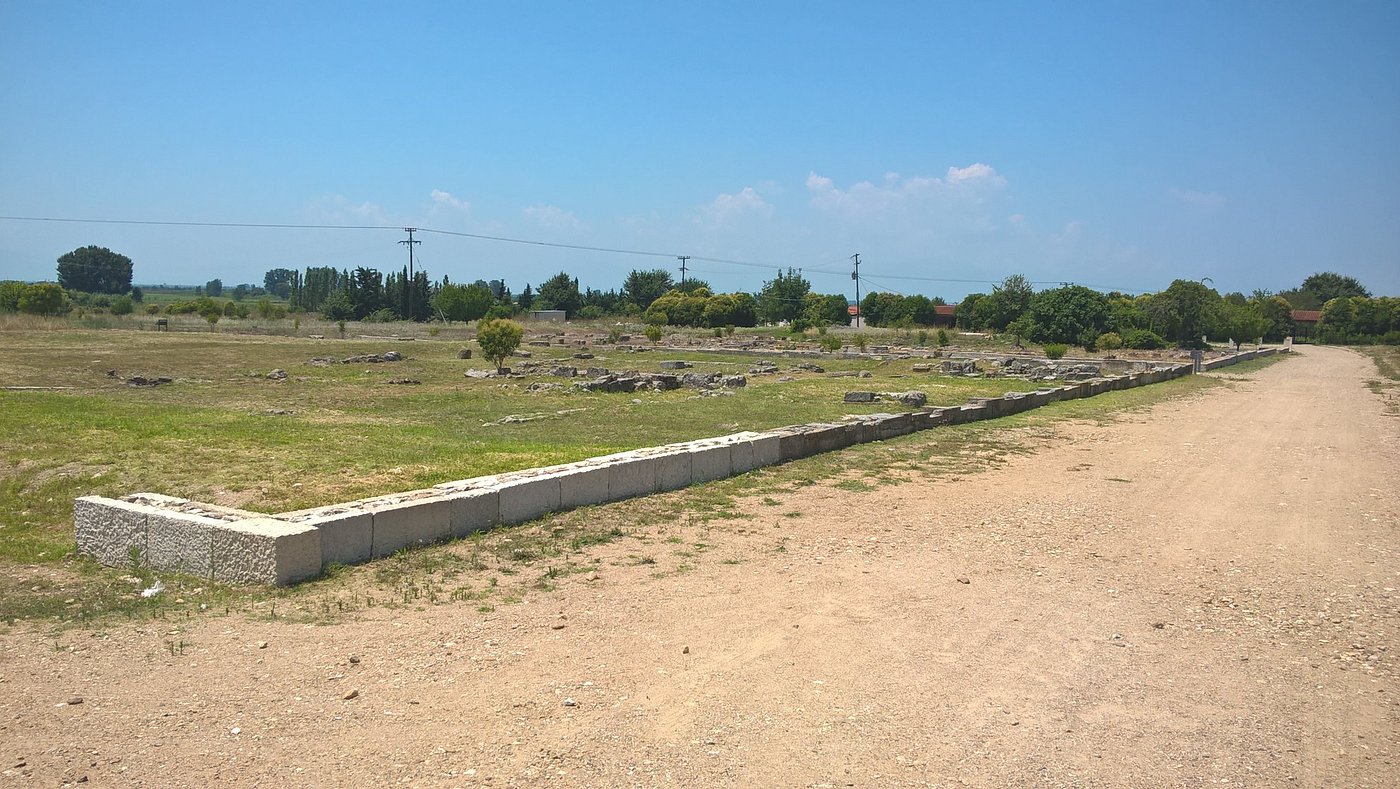
A Closer Look at Pebble Mosaic Artistry
Walking the ruins of Pella, I noticed the clever use of natural materials, artistic skill, and meaningful symbols covering the mosaic floors.
Every detail showed me how artists from ancient times told stories and brought their world to life with just simple stones.
The Pebbles: Materials Sourced Across the Mediterranean
Pebble mosaics start with the stones themselves. I found out that artists at Pella gathered pebbles not just from local rivers but also from far-off Mediterranean shores.
The variety is honestly stunning—smooth gray limestone, off-white marble, nearly black basalt, and even bits of broken pottery.
They picked each pebble for its size and color. That let them create strong contrasts and patterns that still stand out after all this time.
Sometimes, the floors sparkle with flecks of white or hints of red, and I realized those stones came from hundreds of miles away.
Here’s a simple table showing where some common materials came from:
| Material | Typical Source Region | Main Color |
|---|---|---|
| Limestone | Greece, Macedonia | Gray/white |
| Marble | Greek islands, mainland | White |
| Basalt | Volcanic Mediterranean | Black |
| Terracotta | Local pottery | Red |
Finding these stones took real effort. Artists or their helpers scoured riverbeds and beaches, searching for just the right pebbles, each about olive-sized.
The mix of materials brought life and depth to every scene.
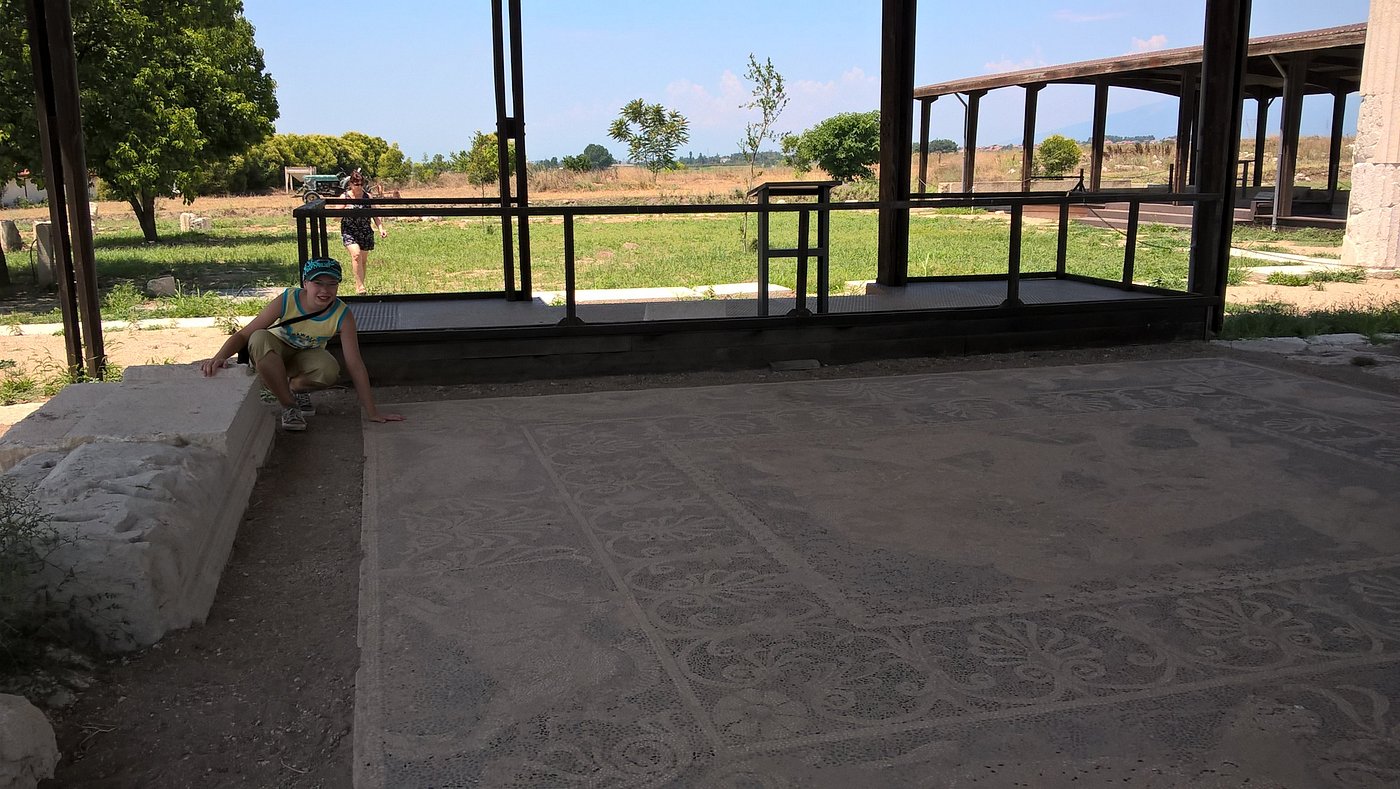
Techniques That Transformed Floors into Masterpieces
What really amazed me was how the artists turned rough stones into such beautiful images and patterns.
At first, mosaics had simple shapes—zigzags, spirals, nothing fancy. But by the 4th and 5th centuries BC, especially in Pella, artists figured out how to set the pebbles tightly in gentle curves and sweeping lines.
Artisans scratched out their designs onto packed earth. Then, starting at one corner, they pressed pebbles into soft mortar, following the plan with impressive care.
Sometimes, they shaped bigger stones to fit awkward spots—cutting limestone pieces for a griffin’s wing or a tricky border.
To make the images stand out, they placed light pebbles next to dark ones—a trick called “shading.” That’s how lions, deer, or sea monsters seem to come alive.
Thin strips of white sometimes lead the eye, dividing sections, almost like a silver coin edging an ancient tetradrachm.
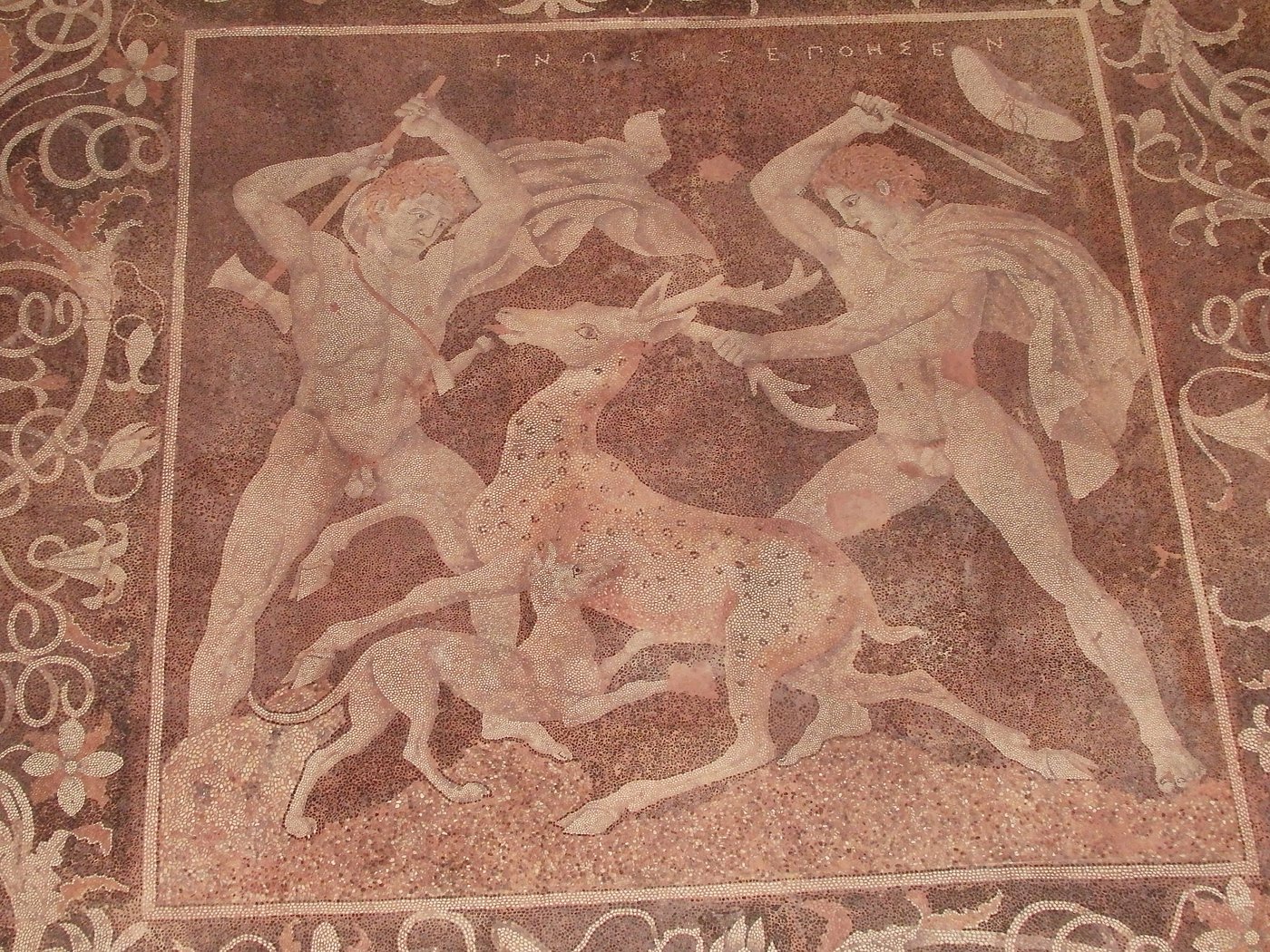
The Story in Stones: Iconography and Symbolism
Pella’s mosaics are packed with meaning. I spotted scenes from ancient myths, moments of daily life, and symbolic designs that shared messages with every step.
One famous floor shows a massive stag hunt, maybe inspired by tales of gods and heroes. Another uses twisting vines and flowers, hinting at the land’s abundance.
Motifs like the griffin or other mythic animals echo images found on ancient coins, like the silver tetradrachm. These symbols worked as a kind of visual language—a griffin for power or protection, rosettes or borders for eternity or unity.
Even the simple meander border reminded people of the river, the endless flow of time, or the bond between home and earth.
As I wandered, every stone felt like a piece of a bigger story, quietly guiding me through the beliefs and hopes of folks who walked here long before me.
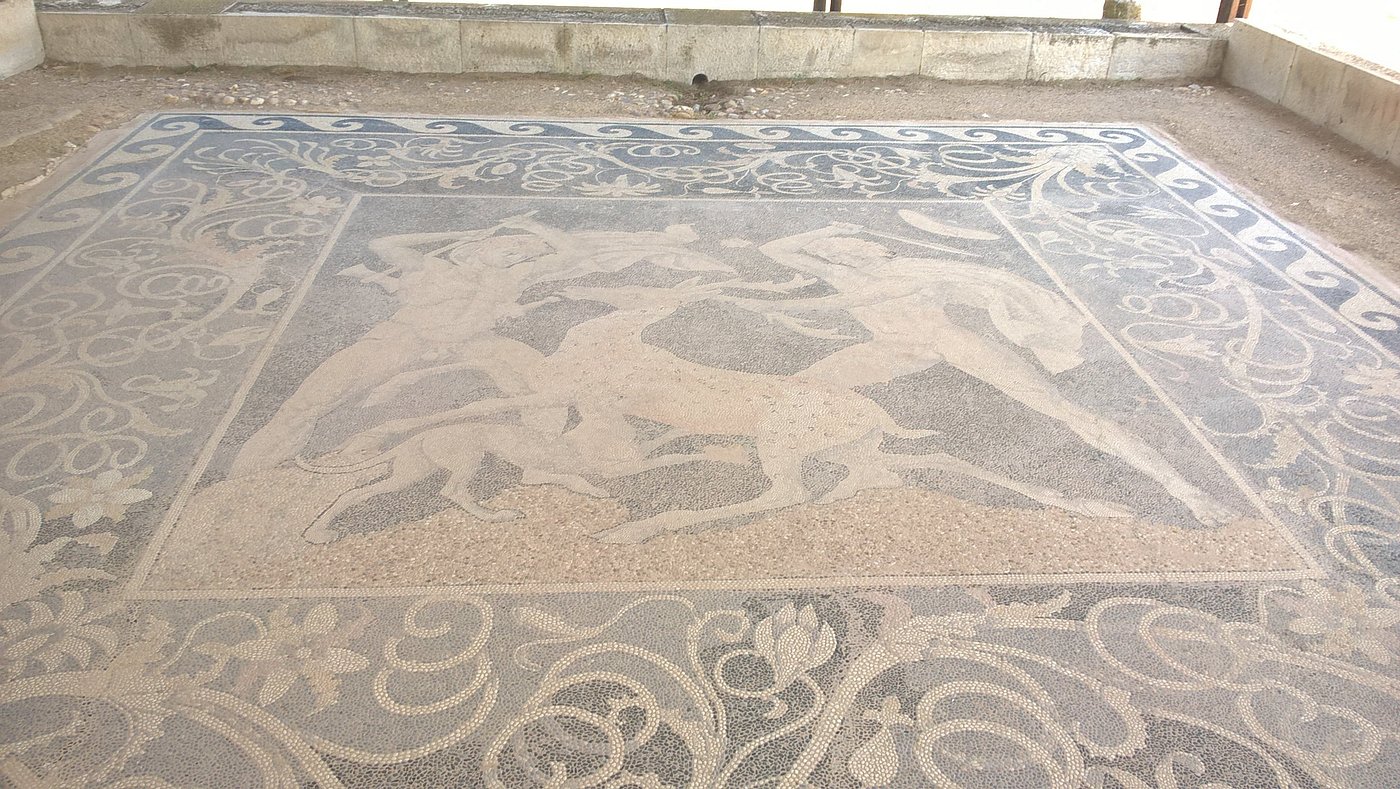
Cultural Echoes: The Wider World of Ancient Greek Mosaics
Traveling around Greece, I quickly realized pebble mosaics aren’t just a Pella thing. Each region put its own spin on the art, mixing local traditions with outside influences.
The journey from gritty Dorian patterns to the lively Ionian coastlines tells a story of creativity and connection.
From Dorian to Ionian: Regional Mosaic Styles
In northern Greece, the Dorian mosaic style grabs you with bold, geometric patterns and local river stones. The designs are simple but have a strong visual punch in places like Macedon and Crete.
Dorian mosaics often use dark and light stones for sharp contrast—sometimes just forming borders or repeating meanders.
Further south and east, the Ionian regions—think Samos and Chios—show off a different vibe. Artists there used more colors and finer stones.
Flowers, animals, and mythological figures started popping up in the patterns. Ionian mosaics feel almost playful, full of life, and often bring Greek stories right onto the floor.
If you ever make it to Delos or Tinos, look for sea-inspired motifs and vivid scenes.
Here’s a quick table comparing the styles:
| Region | Style Features | Common Motifs |
|---|---|---|
| Dorian | Geometric, high contrast | Meanders, borders |
| Ionian | Colorful, figurative, lively | Florals, animals |
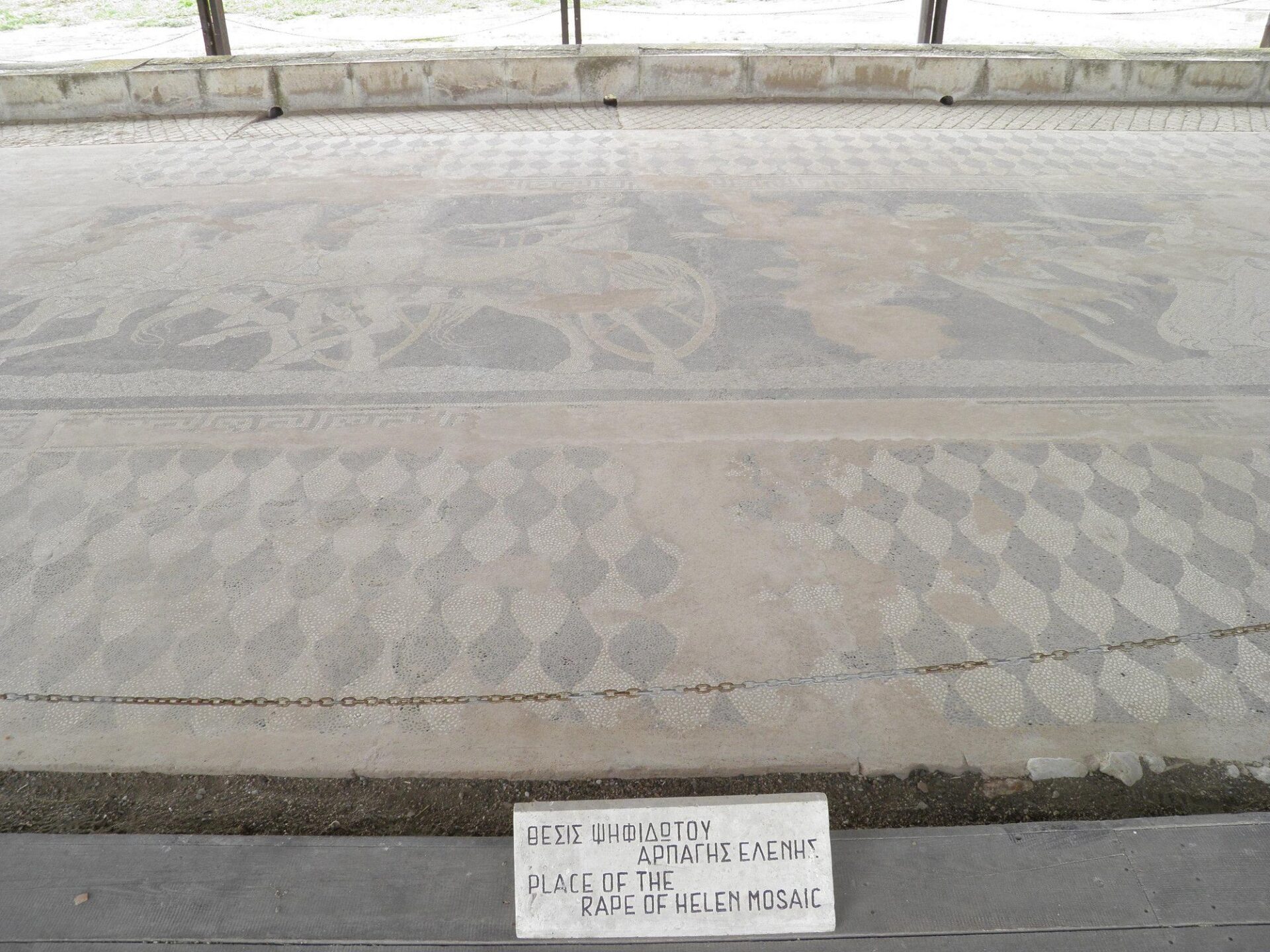
Pella’s Influence: Connections to Delian, Samos, and Chios
Walking through Pella’s palace, I could see how its mosaics influenced artists far beyond Macedonia. Craftsmen who worked here traveled or traded with islands like Delos, carrying new ideas and skills.
The way Pella’s artists sorted pebbles by size and color set the bar for more detailed mosaics elsewhere.
On Delos, mosaics in merchant houses reminded me of Pella’s hunting and myth scenes. The shading technique that makes figures look three-dimensional? That started in Macedon.
Samos and Chios took these tricks further, adding brighter stones and more complex borders. Some say the Stoa mosaics in Chios blend the strong lines from the north with Ionian vibrancy.
If you’re planning a trip to the Greek islands, checking out these sites lets you see how styles blended and changed over time. Every floor, from Pella to Tinos, tells a different chapter in Greek mosaic history.
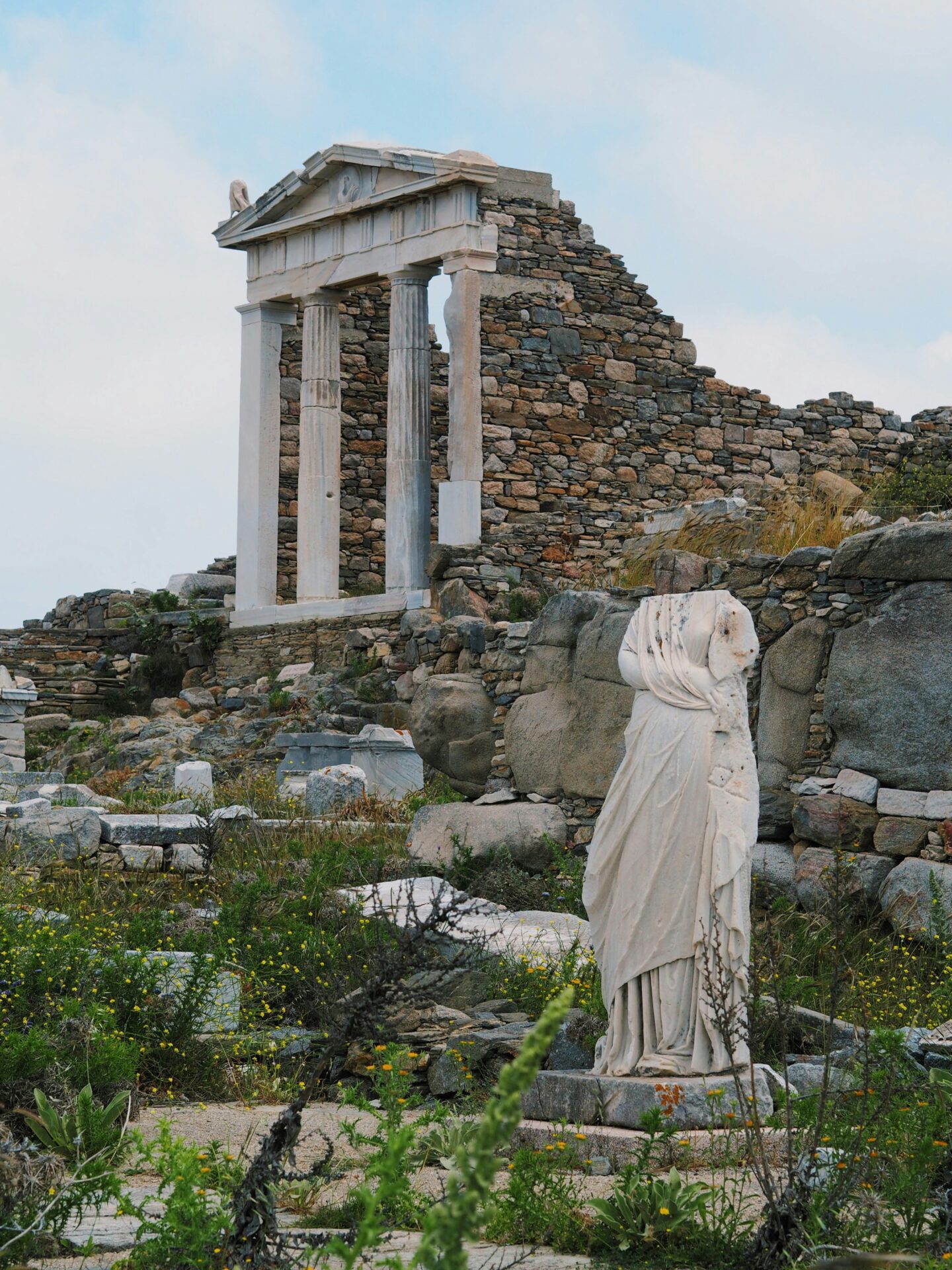
Memorable Myths and Legends in Pella’s Mosaics
As I wandered the remains of ancient Pella, I didn’t just see art—I felt surrounded by stories. So many mosaics here dive deep into Greek myths and the symbols of power that shaped the Hellenistic world.
Herakles and the Hellenistic Heroic Tradition
One of my favorite mosaics features Herakles, or Hercules if you prefer. In the House of Dionysos, I found the hero in a classic pose, wrestling the Nemean Lion—muscles straining, pebbles shining in earthy colors.
This scene really captures the Hellenistic fascination with strength and virtue.
Walking across that floor, I tried to imagine people centuries ago stepping over these same pebbles. Herakles was more than a legend—he was a role model for Greek youth.
His stories celebrated not just might, but endurance and cleverness. The artists used sharp contrasts—black, white, ochre—to show off every muscle and heroic gesture.
For travelers, spotting Herakles feels like finding a secret signature from the past. The mosaics reveal more detail than statues or pottery, letting heroism come alive underfoot.
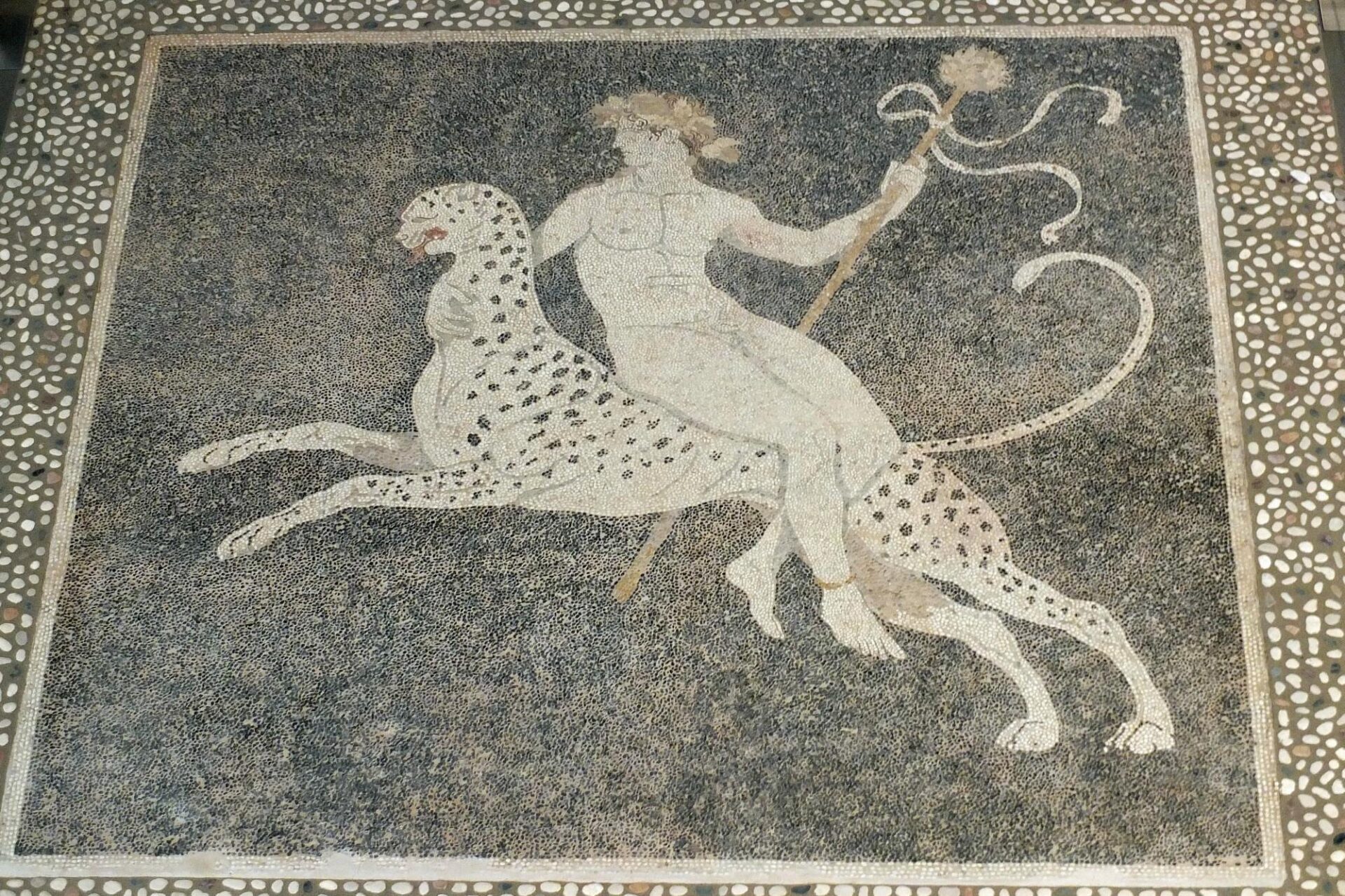
Royal Power: Ptolemy I Soter and the Diadem Motif
Pella’s mosaics also highlight royal authority with bold images. One motif that caught my eye was the diadem—a simple but striking headband—worn by Ptolemy I Soter.
He started as one of Alexander the Great’s generals, then crowned himself king. The diadem wasn’t just decoration; it symbolized his new status and right to rule.
In several rooms, I saw mosaic borders with kings in profile, each adorned with their regal bands. Artists used light and dark pebbles to make the diadem glimmer across the floor.
The message? Pella was a place of rulers and heroes.
Anyone traveling here can feel the weight of history in these designs. The diadem stands as a reminder of how images in stone and pebble could shape loyalty and inspire awe.

Pella’s Mosaics Through Time: Transformation and Legacy
Walking through Pella, I felt like the stones hid stories just beneath the surface. These mosaics have survived centuries, shaped by new rulers, fresh artistic ideas, and time itself.
Their journey is full of change, but so much of that original beauty still waits for travelers like me today.
Mosaic Art in the Roman and Byzantine Eras
Back in the Roman era, Pella’s mosaics moved from simple pebbles to those colorful cut stones—tesserae. Artists got bolder, packing their scenes with gods, hunters, and slices of daily life.
They borrowed ideas from big Roman cities, but somehow, Pella’s floors always kept their own local flavor.
As Christianity started spreading, religious mosaics popped up everywhere. New churches appeared around Pella, a bit like those in Amphipolis, with floors showing off Christian symbols and stories.
Mosaics stopped telling old myths and started showing saints and crosses. The old techniques stuck around, but the meaning changed.
By the Byzantine period, mosaics like the ones at Santa Maria Maggiore in Rome inspired the region. These vibrant floors told stories of faith, mixing Roman art with the early Christian world.
Every step in Pella felt like crossing centuries, all thanks to those tiny colored stones.
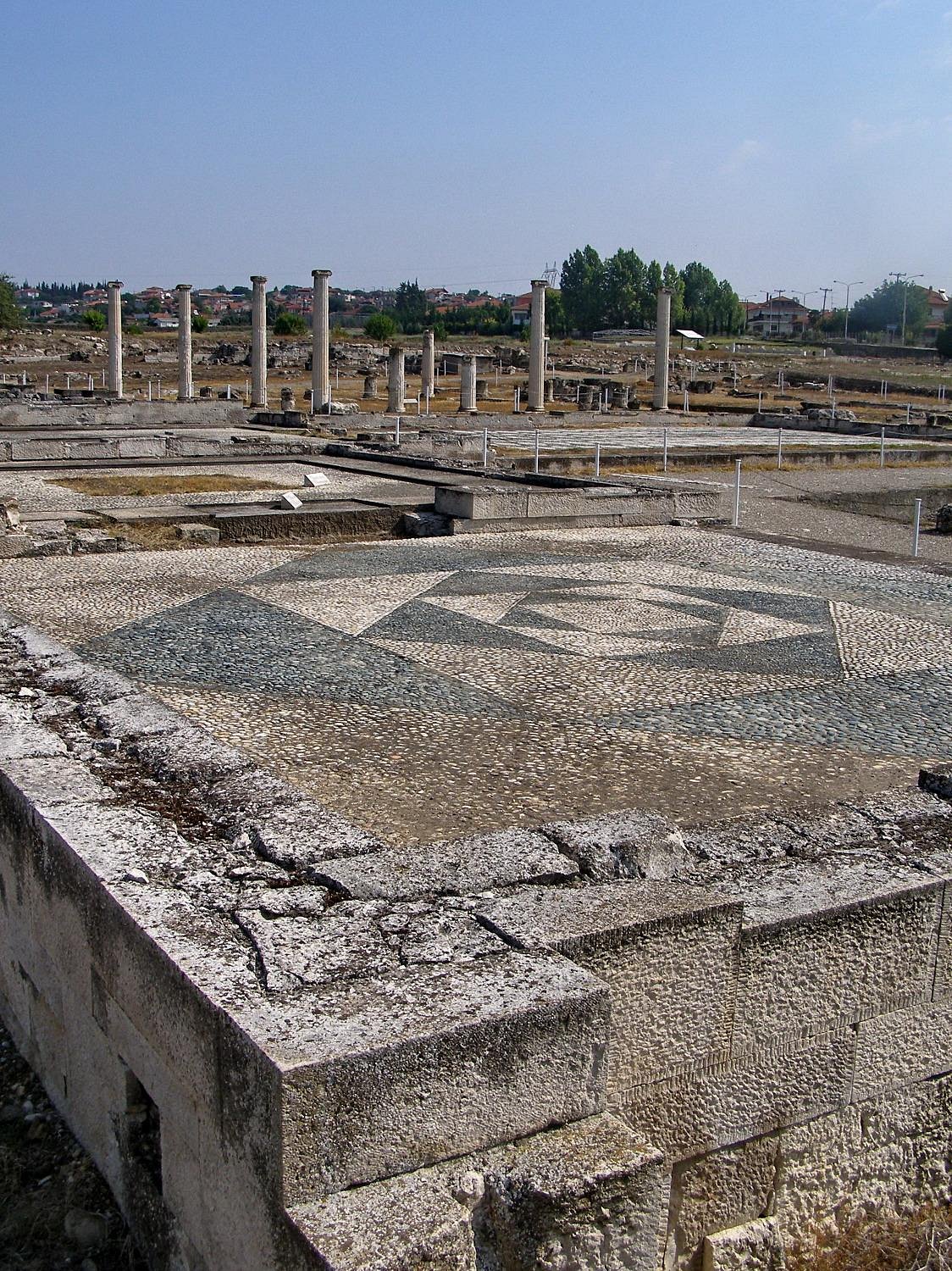
Survival Through the Middle Ages: Venetian and Ottoman Periods
Pella struggled through the Middle Ages. Venetian traders and Ottoman officials passed through, but most ancient mosaics disappeared under dust or new buildings.
Only a handful of religious mosaics survived in public spaces.
Sometimes, out in the countryside, I’d spot old mosaic fragments in churches or village squares. People reused the stones for new floors or walls, maybe just out of habit.
The art had to blend in quietly, staying alive by luck or local tradition.
Most masterpieces barely made it. What I found had been patched together over time, but you could still catch glimpses of what the original artists dreamed up.
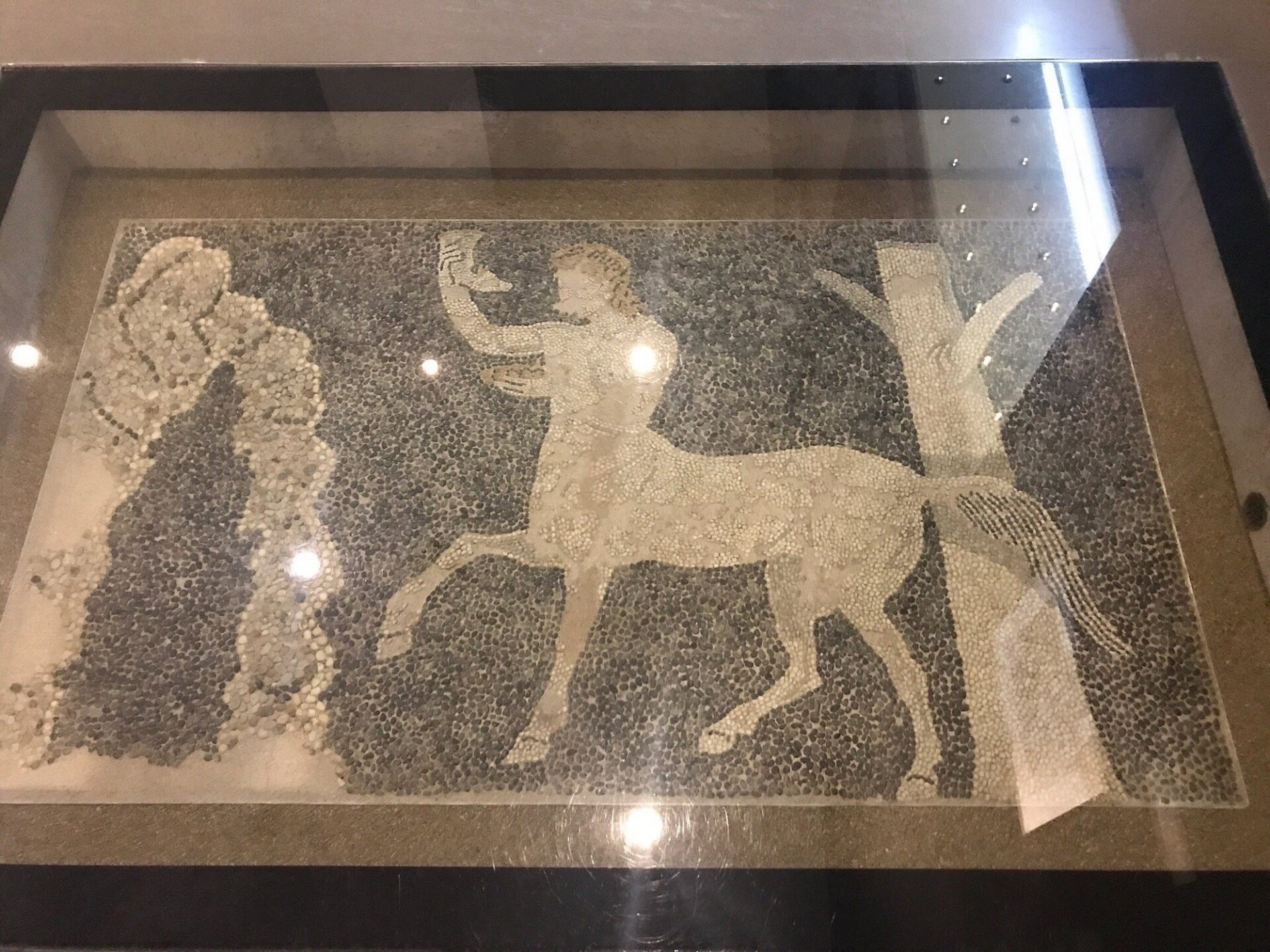
Modern Rediscoveries and the National Archaeological Museum
Modern archaeology really brought Pella back into the light. Experts dug at the ancient site and uncovered floors that had stayed hidden for centuries. Their patterns? Still bright, somehow.
The National Archaeological Museum of Pella now keeps many of these treasures safe. I wandered through the museum’s cool halls, and the pebble mosaics looked almost new—surprisingly so.
The famous “Stag Hunt” mosaic caught my eye with its shadows and lively figures. I couldn’t help but pause there for a while.
Labels told me where each mosaic came from, drawing a line from the ancient city right up to today. It’s oddly moving to see those connections spelled out.
People from all over the world show up now, just to see this art. I really appreciated how the museum doesn’t just show off the mosaics—it protects them, too.
Honestly, it helps visitors like me understand how these simple pebbles turned into priceless works over time.

